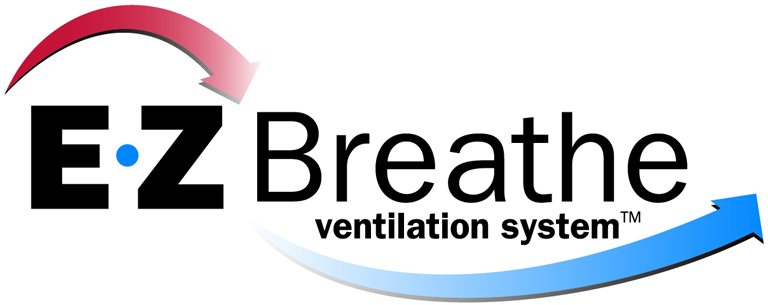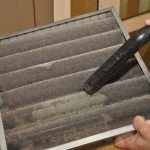 Seven Tips for Keeping a Healthy Home
Seven Tips for Keeping a Healthy Home
The U.S. Department of Housing and Urban Development and the Office of Healthy Homes and Lead Hazard Control has put together seven tips for keeping a healthy home:
1. Keep it Dry
Prevent water from entering your home through leaks in roofing systems, rain water from entering the home due to poor drainage, and check your interior plumbing for any leaking.
2. Keep it Clean
Control the source of dust and contaminants, creating smooth and cleanable surfaces, reducing clutter, and using effective wet-cleaning methods.
3. Keep it Safe
Store poisons out of the reach of children and properly label. Secure loose rugs and keep children’s play areas free from hard or sharp surfaces. Install smoke and carbon monoxide detectors and keep fire extinguishers on hand.
4. Keep it Well-Ventilated
Ventilate bathrooms and kitchens and use whole house ventilation for supplying fresh air to reduce the concentration of contaminants in the home.
5. Keep it Pest-free
All pests look for food, water and shelter. Seal cracks and openings throughout the home; store food in pest-resistant containers. If needed, use sticky-traps and baits in closed containers, along with least toxic pesticides such as boric acid powder.
6. Keep it Contaminant-free
Reduce lead-related hazards in pre-1978 homes by fixing deteriorated paint, and keeping floors and window areas clean using a wet-cleaning approach. Test your home for radon, a naturally occurring dangerous gas that enters homes through soil, crawlspaces, and foundation cracks. Install a radon removal system if levels above the EPA action-level are detected.
7. Keep it Well-Maintained
Inspect, clean and repair your home routinely. Take care of minor repairs and problems before they become large repairs and problems.
You can download the PDF version of these tips here.

 Seven Tips for Keeping a Healthy Home
Seven Tips for Keeping a Healthy Home Primary Sources of Indoor Air Toxins and Allergens
Primary Sources of Indoor Air Toxins and Allergens We at EZ Breathe get this question regularly. We also get this statement often: “Well that is just the way basements are, and the way they smell.” Of course this is timely in much of the country right now… snow is melting, or has melted. Rain is falling…and more water in the soil outside our homes leads to….
We at EZ Breathe get this question regularly. We also get this statement often: “Well that is just the way basements are, and the way they smell.” Of course this is timely in much of the country right now… snow is melting, or has melted. Rain is falling…and more water in the soil outside our homes leads to….